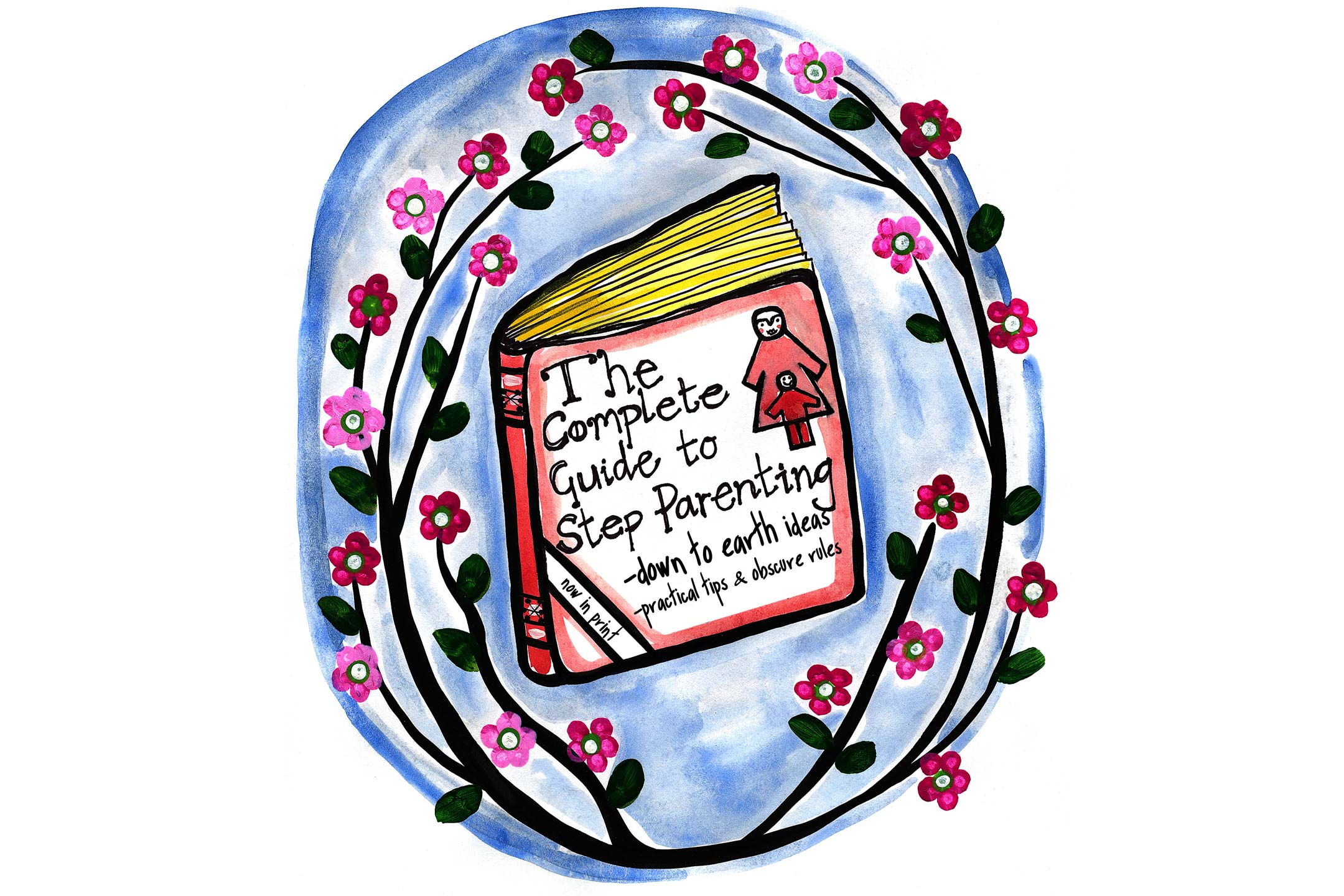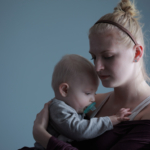
13 May Stepping Up
Moving from fairytales to reality, Dolla S. Merrillees reflects on her role as a stepmother.
When asked what I would like to be when I grew up, I can’t say I actually aspired to being a divorcee, however glamorous it sounded, or, for that matter, a wicked stepmother. I don’t know about you, but it’s not exactly every girl’s childhood fantasy, and besides, I was brought up to believe that divorce was nearly always attributable to loose women, male midlife crisis and the ensuing infidelity all this engenders, while stepmothers were, quite simply, an abomination.
Infidelity, divorce and stepmothers… it was like some obsessional mantra of my childhood. Against this background, never did I in my wildest dreams imagine I would find myself accomplishing, well, at least the latter two. And so, on a beautiful balmy night as the celebrant declared my new partner and me husband and wife, like many other women before me, I made the transition from divorcee to wife and wicked stepmother, and in the twinkling of an eye became a member of that internationally recognised club, ‘women who marry men with children’.
What’s that term Americans use? Greenhorn – that was me
We may have become an instant family, but the transition to stepmother or stepchild does not automatically mean love or even affection for each other. It takes time to define your roles and responsibilities, to develop a relationship with the child, and to build trust on both sides. On that night several years ago, I set out on a journey in pursuit of love and, with a little luck, a happy ending. It’s no exaggeration to say that I was unsuspecting, ill-equipped and unqualified. What’s that term Americans use? Greenhorn – that was me. Be that as it may, within the space of 12 months I became a full-time stepmum to a child who resides with us permanently and has little or no contact with his biological mother.
Parenting is a formidable task at the best of times
I did not have nine months to prepare for the birth of this child, nor for motherhood. I inherited a ready-made model without instructions, and our early years were characterised by misconceptions, unrealistic expectations and absurdities. The complexity of dealing with someone else’s child day after day, coupled with my anger and frustration at the absent mother, has at times been overwhelming. Parenting is a formidable task at the best of times, but stepparenting is in a realm of its own. Not only are you, in a primordial sense, nurturing genes that are not your own, but it’s a practice full of unwritten conventions and obscure rules.
My grandmother-in-law, when I’m feeling sullen and sorry for myself, likes to tell me that I knew what I was getting into when I married my husband and took on my stepson. But how does anyone really know what they’re getting into? You can read the books and talk the talk, but I don’t care what anyone says: nothing, absolutely nothing, prepares you for the realities of childbirth or for becoming a parent for the first time. You have some vague idea, and on a wing and a prayer you hope for the best.
At the time of becoming a stepparent, I found that few resources existed to provide support or strategies to help deal with the merger of families. There was no one-stop step-shop – at least, not that I was aware of – but I did find books offering practical tips on how a stepmother can find fulfilment, even pleasure in her role.
By and large, these are down-to-earth guides to surviving the much-misunderstood role of the stepparent, but they all assume an active, if unwelcome, working relationship with the biological mother and some level of shared care. In my case, there was neither. There’s also an assumption that a stepparent is one step removed from the parenting process – that you’re a spectator in your own domain. It’s a belief perpetuated by these parenting manuals and self-help books, as though somehow the very act of parenting is a proprietorial one: how could you know what it’s really like until you’ve had your own kids? I can see it in other people’s eyes. “Well, if she hasn’t squeezed one out between her thighs, what would she know?” This attitude diminishes my role and relationship with my stepson. I know it’s not always intentional but it wasn’t until I had my own daughter that I was invited into that most exclusive of realms – ‘the mothers’ group’.
With stepfamilies predicted to be the family of the 21st Century, this notion of the nuclear family unit is changing. Today’s families are rarely the tidy, homogenous nuclear models many of us knew when we were growing up, or at least saw idealised by TV shows like Little House on the Prairie. Mum, Dad and their genetic offspring remain the dominant structure, but in suburban streetscapes there are same-sex parents, single parents, de facto partners, stepparents, stepsiblings and half-siblings involved in the mix, as well as an assortment of races, cultures and religions struggling to merge customs, habits and parenting styles. Despite the cosy, caring lives of the Brady Bunch, reality is a little more complex.
A stepparent’s role remains socially and legally undefined.
Being a stepparent does not necessarily mean that we feel less responsibility towards the minors in our care. I’m well aware that the roles stepparents play in the lives of their stepchildren vary widely, but stepparents and bio-parents are not so different. On the whole, they want to provide the same thing: a loving, nurturing, safe environment. Stepparents do, for the most part, play a significant parenting role, and most residential stepparents, like me, contribute significantly to the economic and emotional wellbeing of the children. So where does this leave me?
It seems to me that what this is all about, quite simply, is being a parent. What I want, what we all want – biological parent, stepparent, foster parent, grandparent notwithstanding – is to raise young men and women who are responsible, happy, creative and kind. I have high hopes for us, for my stepson, for the family.
There’s no doubt that my stepson is a vastly different entity to the lost and unhappy boy I first met, and for some time now I’ve been privileged to witness the growing maturity and strength of this child. Ultimately, we’ve come a long way on a journey that can’t be erased. Okay, so maybe we haven’t quite arrived at ‘living together in perfect happiness’, but we’ve made it thus far, flawed and inconsistent – but hey, who isn’t?
This is an edited extract from The Woodcutter’s Wife: A Stepmother’s Tale by Dolla S. Merrillees, pub. 2013, Halstead Press, Sydney.
Illustrations by Madeleine Stamer



